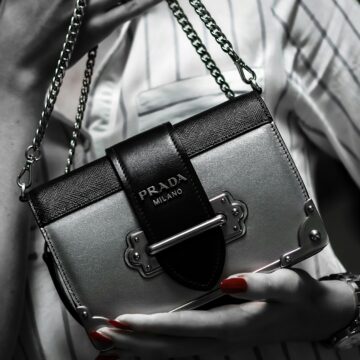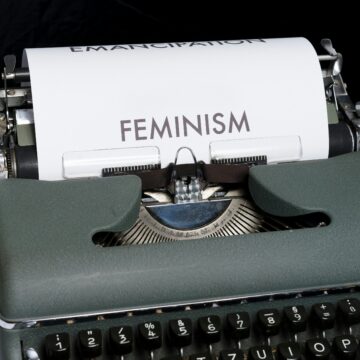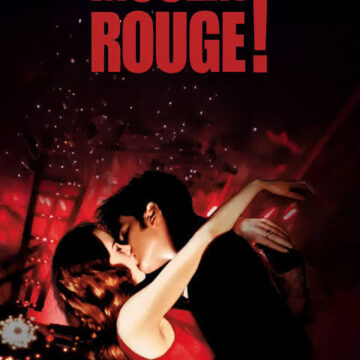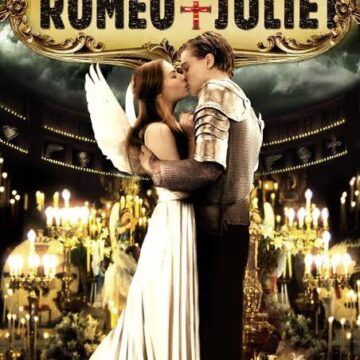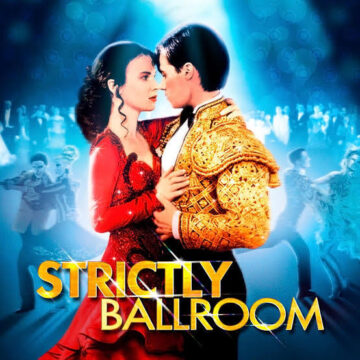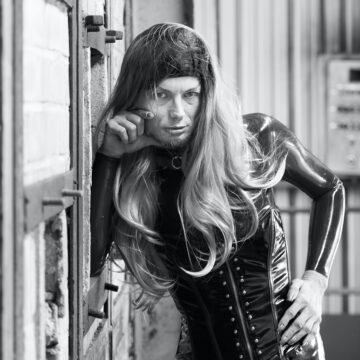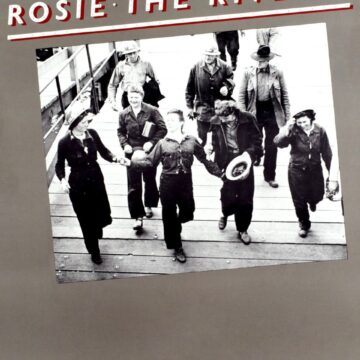Photo by Laura Chouette on Unsplash When The Devil Wears Prada hit theaters in 2006, many saw it as a stylish workplace comedy with unforgettable one-liners (“That’s all.”). But beneath the designer gowns and icy glares, the film offers a sharp critique of materialism, gendered workplace culture, and the pressure women face to conform to...
Category: Movies
Gender and Sexuality in Practical Magic: A Witchy Lens on Feminism, Sisterhood, and Desire
Photo by Ksenia Yakovleva on Unsplash Griffin Dunne’s 1998 cult classic Practical Magic may be remembered for its cozy New England aesthetic, margarita nights, and the irresistible charm of Sandra Bullock and Nicole Kidman as the Owens sisters—but beneath its whimsical surface, the film is a rich text for exploring gender, sexuality, and feminist resistance....
Performing Gender and Defying Norms: Postmodern Feminism in Baz Luhrmann’s Red Curtain Trilogy
Photo by Markus Winkler on Unsplash Baz Luhrmann’s Red Curtain Trilogy—Strictly Ballroom (1992), Romeo + Juliet (1996), and Moulin Rouge! (2001)—is an explosion of color, drama, and defiance. Beneath the glitter and spectacle lies something far more radical: a cinematic interrogation of gender, power, and performance. Each film takes a wrecking ball to societal expectations,...
Come What May: Gender, Camp, and Queerness in Moulin Rouge!
Baz Luhrmann’s Moulin Rouge! (2001) completes his vibrant Red Curtain Trilogy, following Strictly Ballroom (1992) and Romeo + Juliet (1996). Where Strictly Ballroom embraced dance as its theatrical motif and Romeo + Juliet used heightened Shakespearean language, Moulin Rouge! explodes with music—specifically, the jukebox musical. A pastiche of glamor, melodrama, and spectacle, Moulin Rouge! leans...
Masks and Masculinity: Gender’s Role in Baz Luhrmann’s Romeo + Juliet
Baz Luhrmann’s Romeo + Juliet (1996), the second film in his Red Curtain Trilogy, takes Shakespeare’s classic tragedy and throws it into the neon-lit chaos of modern-day Verona Beach. A dazzling blend of high drama, Catholic symbolism, Miami-inspired aesthetics, and MTV-era visuals, Luhrmann’s adaptation retains Shakespeare’s original language while reimagining the feud between the Capulets...
Strictly Gender: How Strictly Ballroom Dances Around Patriarchal Norms
Baz Luhrmann’s 1992 debut film Strictly Ballroom isn’t just about glittery costumes, dramatic dips, and dazzling dance moves—it’s also a rich, satirical take on gender performance, conformity, and resistance. Beneath its comedic flair and theatrical style, the film presents a sharp critique of the gender roles embedded within traditional ballroom dancing and the patriarchal systems...
Applying gender/queer theory to the movie, Paris is Burning
Photo by Ingo Doerrie on Unsplash The concept of ‘realness’ is a term that is for and against gender norms at the same time. According to the film Paris is Burning, ‘realness’ means to be able to blend and “look like your straight counterpart” (18:43). But what is your straight counterpart? How does one fit...
Gender, race, and class in The Life and Times of Rosie the Riveter
The feminist philosophical theories of bell hooks on consciousness-raising are significant in analyzing the themes of gender within the 1980 film, The Life and Times of Rosie the Riveter. Media such as this film portrays gender and feminism in many different perspectives. While the media in the 1940s depicted women working in the home or...
Peering Through the Curtains of Intersectionality Into Baz Luhrmann’s Film, Moulin Rouge: A Complex Tapestry
Photo by Karina lago on Unsplash The Moulin Rouge (est. 1889) is a place of magic, where one can be met with various identities and backstories. This significant piece of French history was transformed into an artistic rendition of a musical romantic drama film in 2001, with Australian Director Baz Luhrmann running the show. The...

